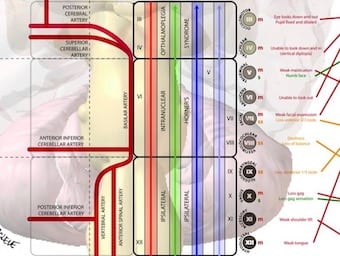
Brainstem Rules of 4
Gates described a simplified method for answering the question 'Where is the lesion?' using only the parts of the brainstem that we actually examine during a clinical examination to understand brainstem vascular syndromes.

Gates described a simplified method for answering the question 'Where is the lesion?' using only the parts of the brainstem that we actually examine during a clinical examination to understand brainstem vascular syndromes.

Clinical neurology a primer is written by leading Australian neurology Associate Professor Peter Gates. This book is the ultimate guide to neurology for people like me – who don’t understand it, but need to know it! Available in kindle edition…
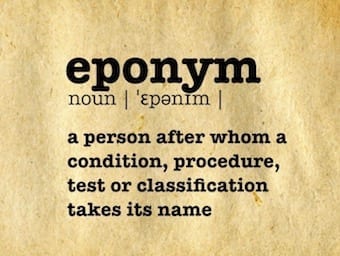
James Parkinson (1755-1824) was an English surgeon, apothecary, palaeontologist, geologist and political activist. Parkinson's disease (1817)

Jean-Baptiste Octave Landry de Thézillat (1826 - 1865) was a French physician. Landry ascending paralysis (1859) as early description of Guillain–Barré syndrome (1916)
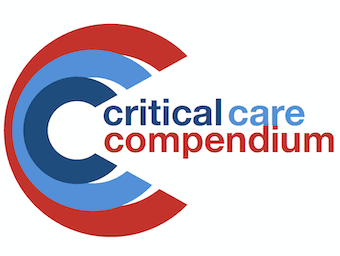
Myotomes and Differentiating Nerve Lesions

Spinal cord infarction is necrosis of a portion of the spinal cord as a result of an interruption of the blood supply to the spine
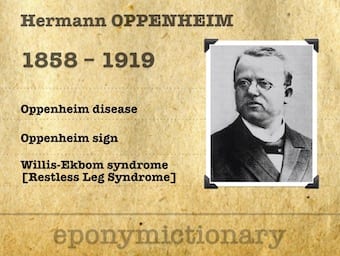
Hermann Oppenheim (1858-1919) was a German neurologist. Oppenheim sign/reflex (1902) and the archaic term Oppenheim disease (1900)

Thomas Willis (1621–1675) was an English physician.
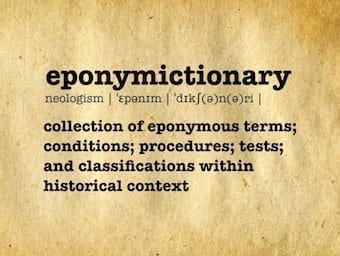
Restless legs syndrome (RLS)/Willis-Ekbom disease (WED) is characterized by an urge to move the legs, usually associated with limb discomfort. The symptoms occur at rest, are relieved by movement, and are worst in the evening and at night.
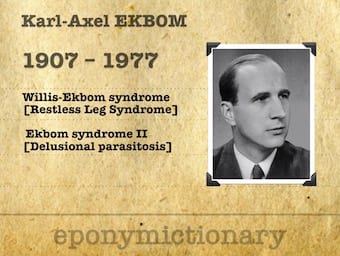
Karl-Axel Ekbom (1907-1977) Swedish neurologist. Eponym: Willis-Ekbom syndrome (Restless leg syndrome); Ekbom Syndrome II (Delusion of parasitosis)
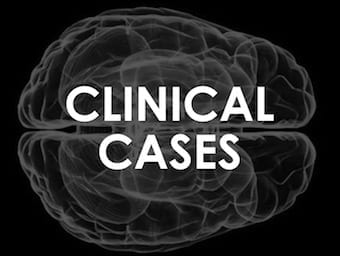
A young woman is 'talking to voices' and is admitted to the psychiatric unit. Does she have a mental illness, or is something else going on?

A gun shot wound to the head provides the basis for a question-and-answer based discussion on penetrating traumatic brain injury and multi-modal monitoring.